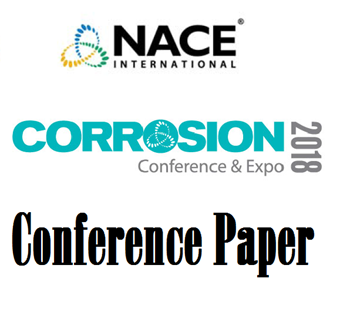Search
51318-11256-Elevated Pressure Tests in Single Phase Aqueous Solutions on Low Alloy Steel SSC Resistance
Also Purchased
51318-11257-Sulfide Stress Cracking of Super 13Cr Martensitic Stainless Steel – Localized Corrosion and Hydrogen
Product Number:
51318-11257-SG
Publication Date:
2018
$20.00
51318-11259- Robotic Crawler ILI of Unpiggable 10” Natural Gas Pipeline in an Urban Area
Product Number:
51318-11259-SG
Publication Date:
2018
$20.00
51318-11246-Materials Issues In Biomass Gasification
Product Number:
51318-11246-SG
Publication Date:
2018
$20.00




